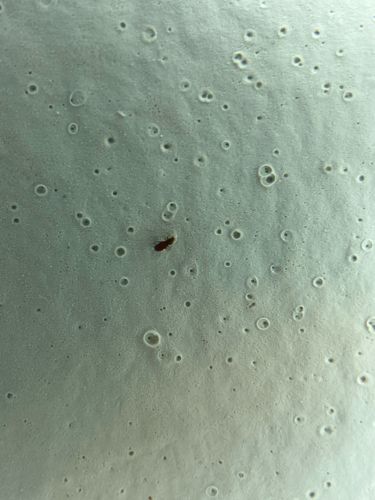Red Flour Beetle
Scientific Name: Tribolium castaneum
Order & Family: Coleoptera, Tenebrionidae
Size: Approximately 3-4 mm (1/8 to 1/6 inch) in length

Natural Habitat
Widely distributed throughout the world, particularly in warmer climates. They are a common pest of stored products, found in grain mills, warehouses, grocery stores, and households where they infest flour, cereals, pasta, pet food, and other dry goods.
Diet & Feeding
Omnivorous, primarily feeding on stored grains and grain products such as flour, cornmeal, breakfast cereals, dried fruit, nuts, spices, and chocolate. They cannot feed on whole, undamaged grains but thrive in milled or broken grains.
Behavior Patterns
These beetles are highly mobile and can locate new food sources quickly. They are attracted to light and prefer warm, humid environments. Females lay eggs directly in food sources. The life cycle from egg to adult can be as short as 20 days under optimal conditions. Adults can live for several months to over a year.
Risks & Benefits
Potential Risks: They are significant pests of stored food products, causing contamination and economic losses. Their presence can lead to a musty odor in infested products due to the secretion of quinones, which can also be carcinogenic to humans. They do not bite or transmit diseases directly to humans. Potential Benefits: In laboratory settings, they are often used as model organisms for genetic and developmental studies due to their short generation time and ease of rearing.
Identified on: 9/23/2025